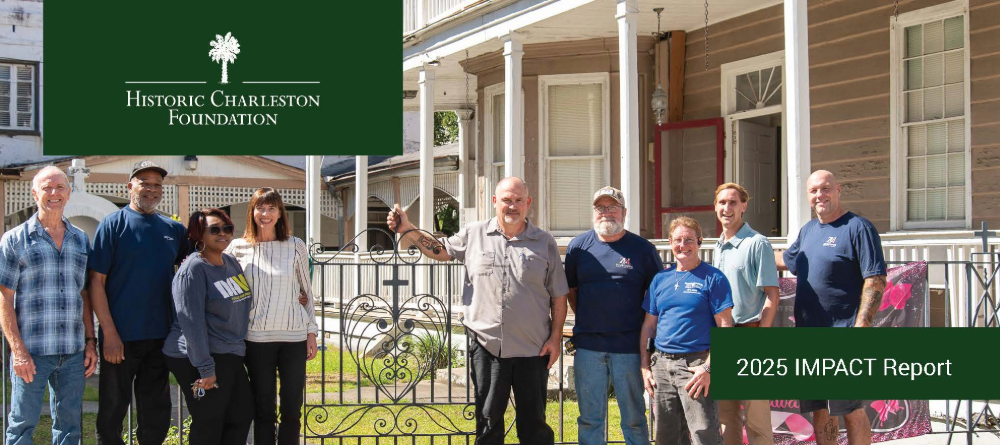The History of the Nathaniel Russell House
The home’s graceful, free-flying, three-story staircase is an architectural marvel with each cantilevered step supporting the one above and below it.
Nathaniel Russell arrived in Charleston from Bristol, Rhode Island in 1765 and, thanks to extensive contacts in his home colony, established himself as a successful merchant and trader of captive Africans. His 1789 marriage to Sarah Hopton Russell produced two daughters, Alicia and Sarah, and in 1808 the Russell family moved to their new townhome at 51 Meeting Street. Accompanying them were as many as eighteen enslaved people who toiled in the work yard, gardens, stable, kitchen and laundry. Russell spared little expense in the construction of his home, regarded as one of Charleston’s finest in its era with geometrically shaped rooms, elaborate plasterwork ornamentation and formal gardens. The defining architectural feature of the home is a three-story, cantilevered, flying staircase whose “…sweep is broad, treads are deep, and the rise perfectly proportioned and easy of ascent,” according to Nathaniel Russell’s great-granddaughter Alicia Hopton Middleton.
A National Historic Landmark, the house has been restored as nearly as possible to its 1808 appearance through the application of forensic analysis and cutting-edge conservation technology. Because restoration is an ongoing process, visitors have the opportunity to see and learn about the meticulous care, craft, and consideration that informs every detail. Historic Charleston Foundation’s most recent preservation initiative involves the kitchen house, an ancillary structure that included a kitchen, laundry, and living quarters for the enslaved. By uncovering the material history contained in that structure, the Foundation hopes to further illuminate the lives of the men, women, and children who lived and worked there.





.jpeg)
.jpeg)




